5 stunning space images captured by NASA’s Hubble Telescope
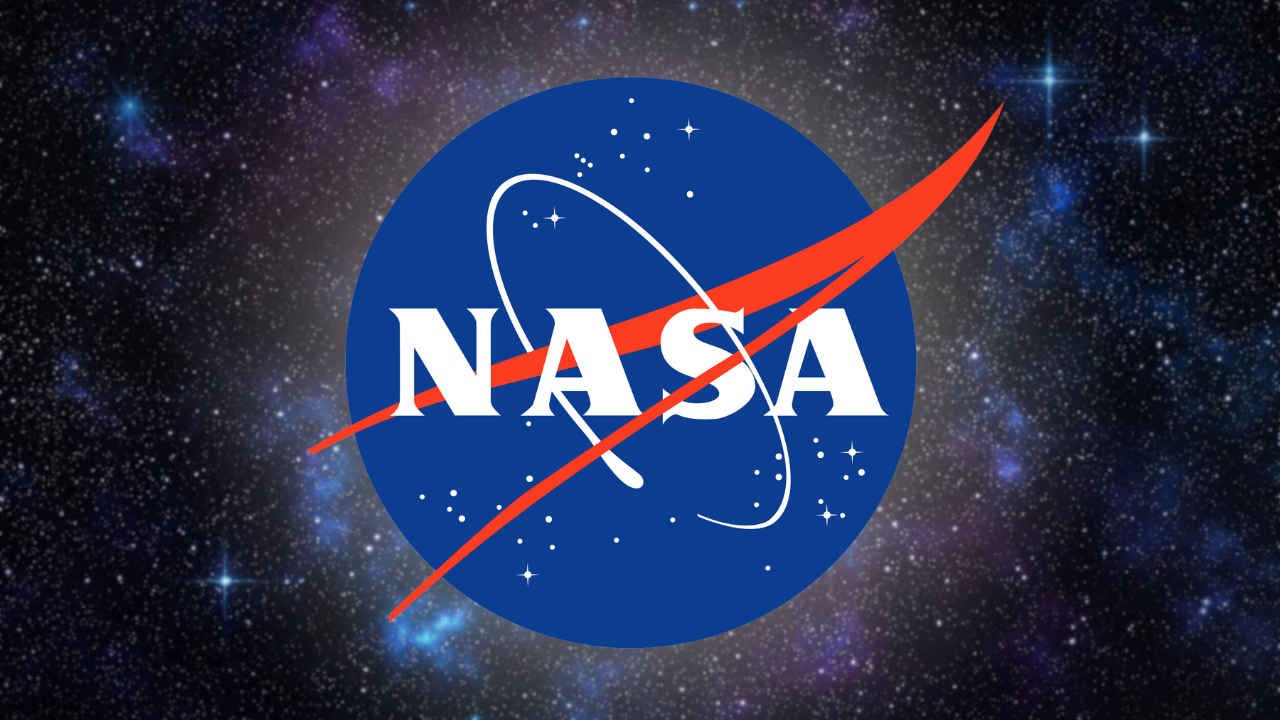
The Hubble Space Telescope (HST or Hubble) is a space telescope by NASA launched into low Earth orbit in 1990 and is still operational today. While it is not the first space telescope, it is one of the largest and most versatile, celebrated for its significant contributions to research and its role in popularising astronomy.
According to NASA, the Hubble Space Telescope is a “large, space-based observatory that has changed our understanding of the cosmos since its launch.”
In this article, I have listed five space images captured by NASA’s Hubble Space Telescope that will blow your mind.
Also read: Hubble Space Telescope: What is it and How Does it Work?
The Butterfly Nebula
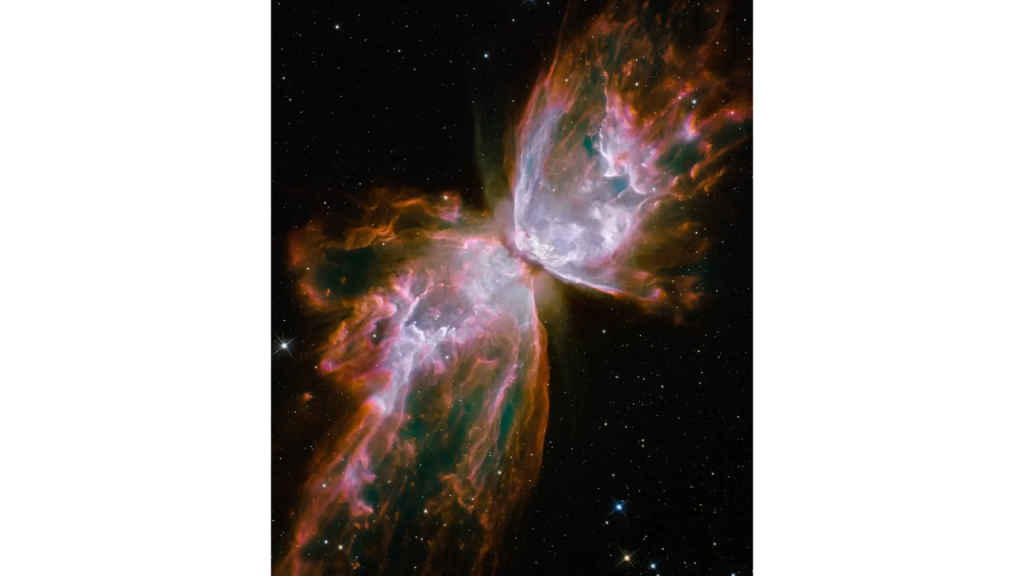
This sharp and colourful close-up of the dying star’s nebula was recorded in 2009 by the Hubble Space Telescope’s Wide Field Camera 3, installed during the final shuttle servicing mission. Cutting across a bright cavity of ionised gas, the dust torus surrounding the central star is near the centre of this view, almost edge-on to the line-of-sight.
Also read: Purple Rain: NASA releases video of auroras across Mars’ nightside
DEM L 190
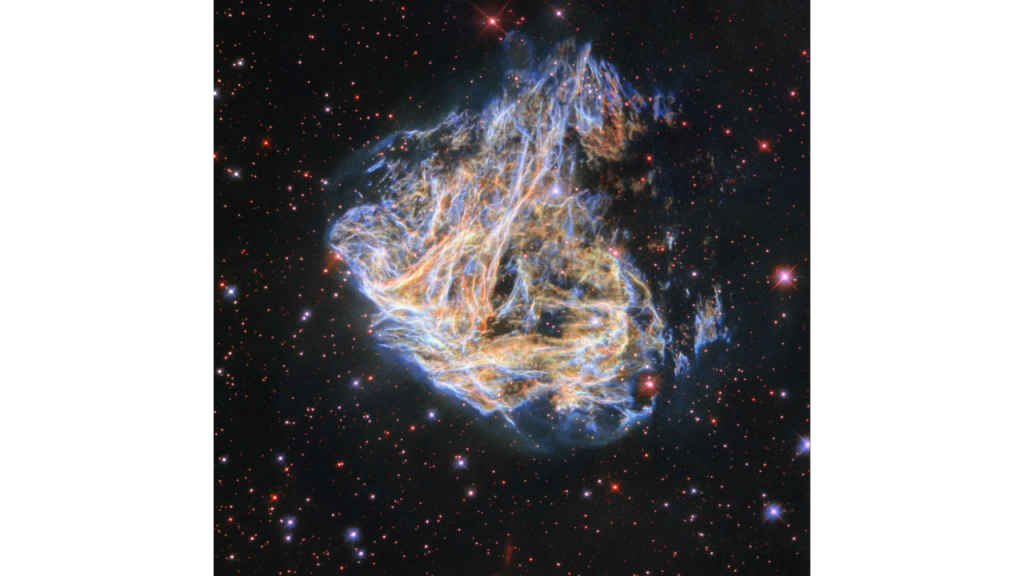
The Hubble Space Telescope captured this image of the colourful supernova remnant DEM L 190. The delicate sheets and intricate filament are the remains of a massive star that exploded in the Large Magellanic Cloud, a small satellite galaxy of the Milky Way. According to NASA, DEM L 190 (also known as LMC N49) is the brightest supernova remnant in the Large Magellanic Cloud and is located about 160,000 light-years from Earth in the constellation Dorado.
Mystic Mountain
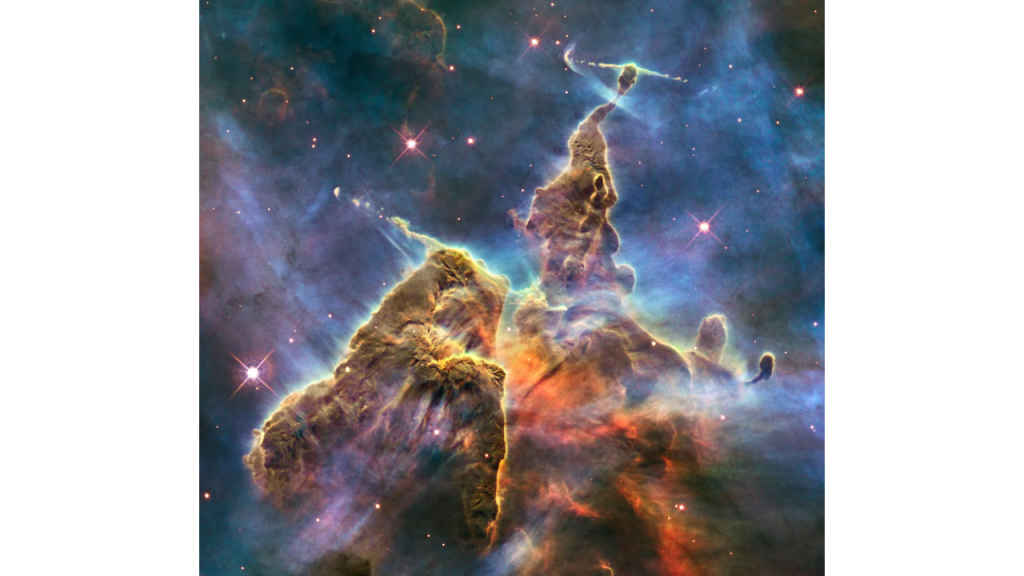
This Hubble Space Telescope image captures the chaotic activity atop a three-light-year-tall pillar of gas and dust that is being eaten away by the brilliant light from nearby bright stars. The colours in this composite image correspond to the glow of oxygen (blue), hydrogen and nitrogen (green), and sulfur (red).
Ant Nebula
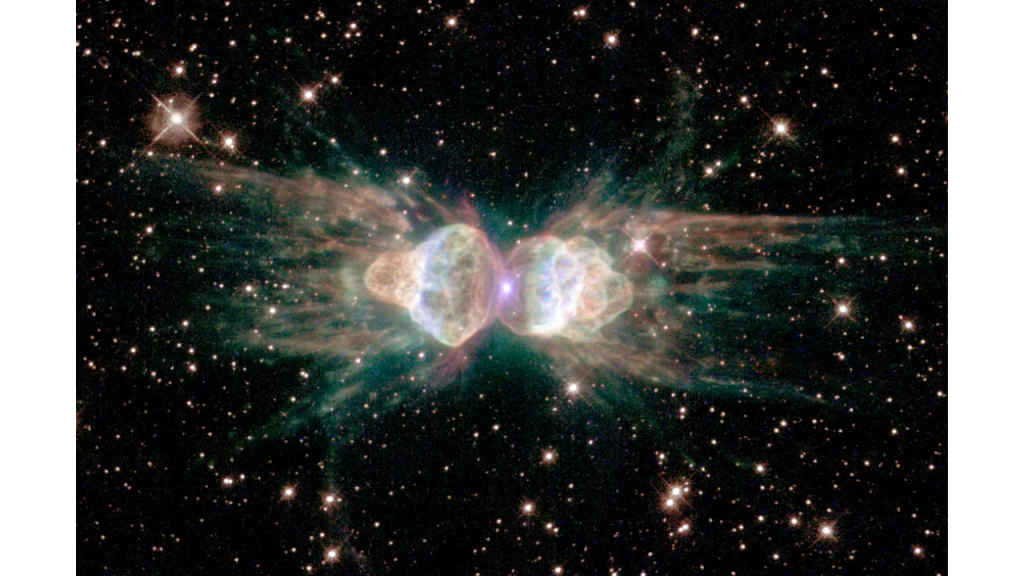
From ground-based telescopes, the “ant nebula” (Menzel 3, or Mz 3) looks like the head and thorax of a common ant. This striking Hubble Space Telescope image, showing 10 times more detail, reveals the “ant’s” body as two fiery lobes coming from a dying, Sun-like star. The Hubble image challenges old ideas about the final stages of stars’ lives.
Hourglass Nebula
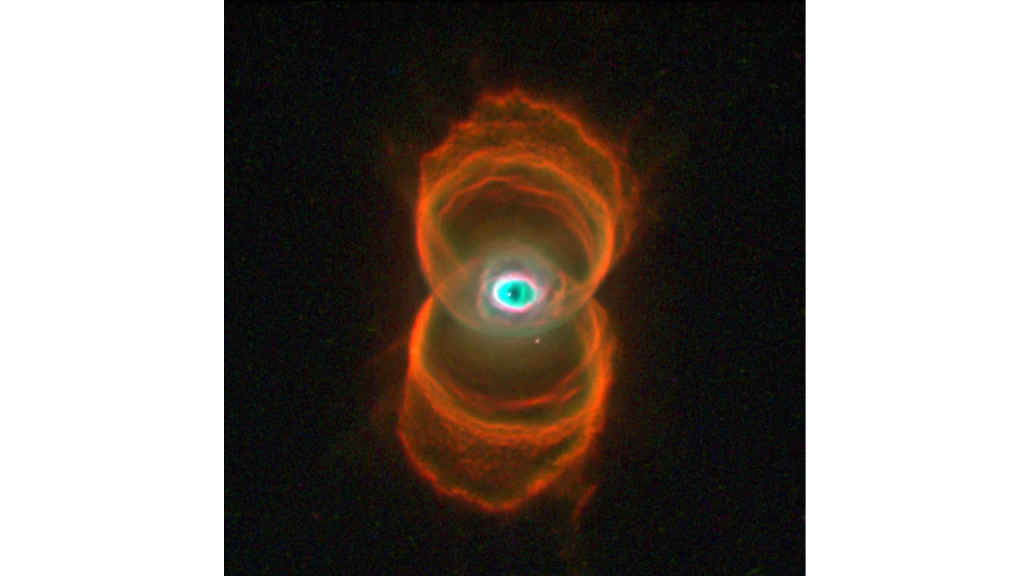
This is an image of MyCn18, a young planetary nebula located about 8,000 light-years away, taken with the Wide Field and Planetary Camera 2 (WFPC2) aboard NASA’s Hubble Space Telescope. This Hubble image reveals the true shape of MyCn18 to be an hourglass with an intricate pattern of “etchings” in its walls. This picture has been composed from three separate images taken in the light of ionised nitrogen (represented by red), hydrogen (green), and doubly ionised oxygen (blue).
Ayushi Jain
Tech news writer by day, BGMI player by night. Combining my passion for tech and gaming to bring you the latest in both worlds. View Full Profile




